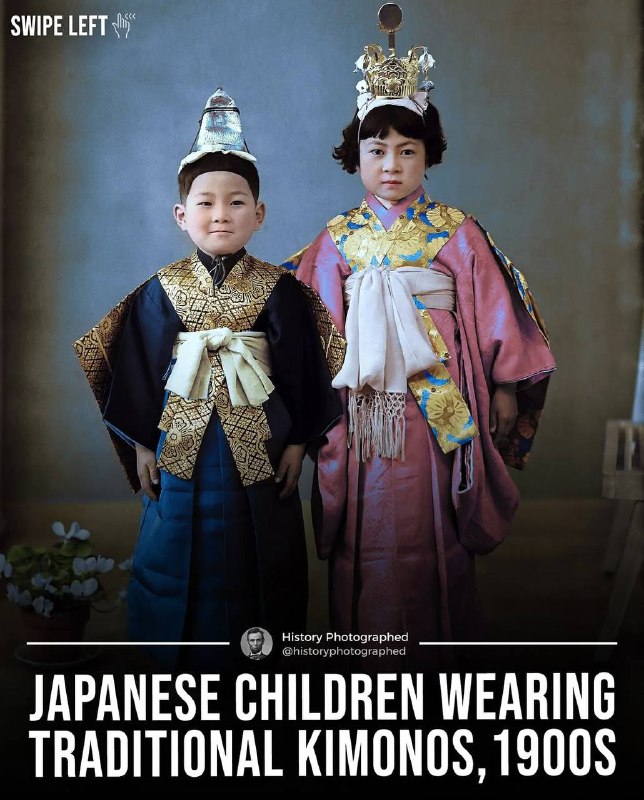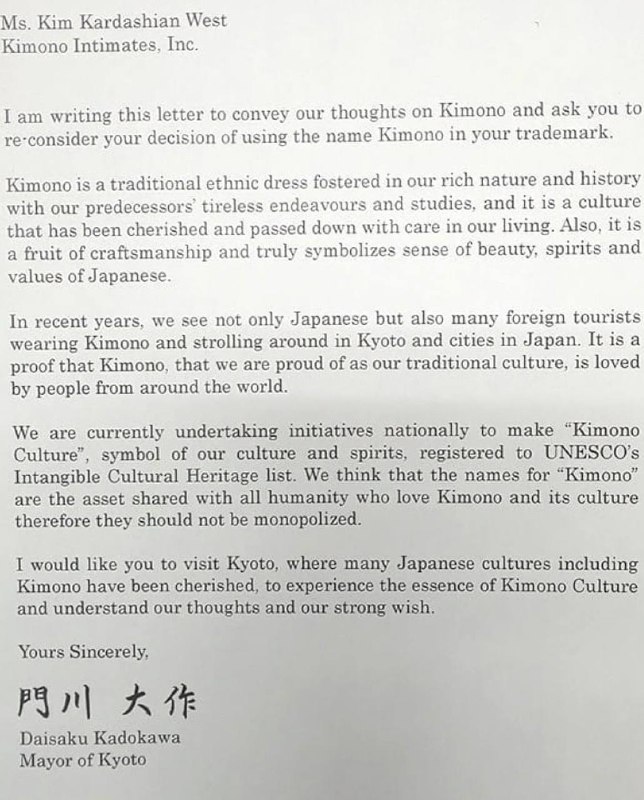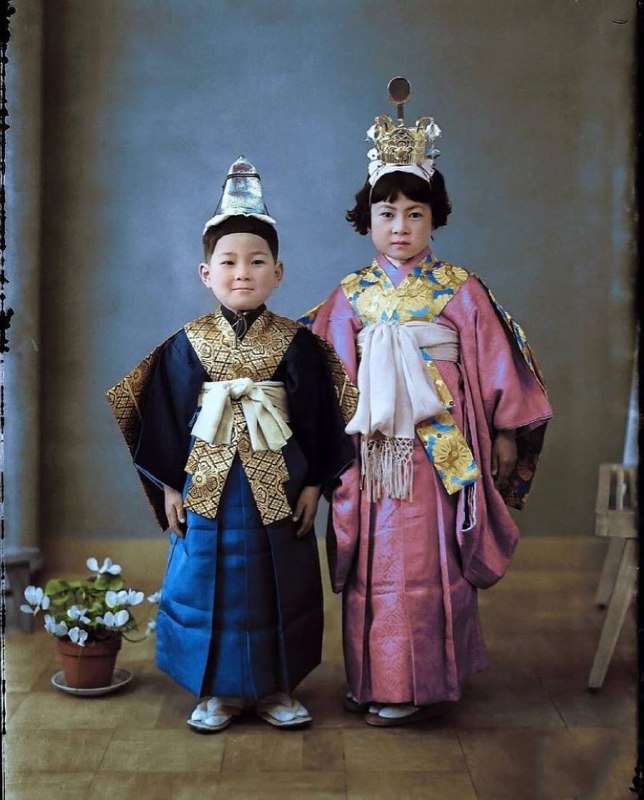In the early 1900s, Japanese children wore traditional kimonos—a cultural symbol with roots dating back over 1,000 years to the Heian period.
By the Edo era, kimonos became luxury heirlooms, often worth more than a home.
Though daily use declined during the Meiji period in favor of Western clothing, kimonos remain cherished for ceremonies and milestones. 🇯🇵
@world_history
By the Edo era, kimonos became luxury heirlooms, often worth more than a home.
Though daily use declined during the Meiji period in favor of Western clothing, kimonos remain cherished for ceremonies and milestones. 🇯🇵
@world_history
❤14👍4
tgoop.com/world_history/1043
Create:
Last Update:
Last Update:
In the early 1900s, Japanese children wore traditional kimonos—a cultural symbol with roots dating back over 1,000 years to the Heian period.
By the Edo era, kimonos became luxury heirlooms, often worth more than a home.
Though daily use declined during the Meiji period in favor of Western clothing, kimonos remain cherished for ceremonies and milestones. 🇯🇵
@world_history
By the Edo era, kimonos became luxury heirlooms, often worth more than a home.
Though daily use declined during the Meiji period in favor of Western clothing, kimonos remain cherished for ceremonies and milestones. 🇯🇵
@world_history
BY World’s History



Share with your friend now:
tgoop.com/world_history/1043
